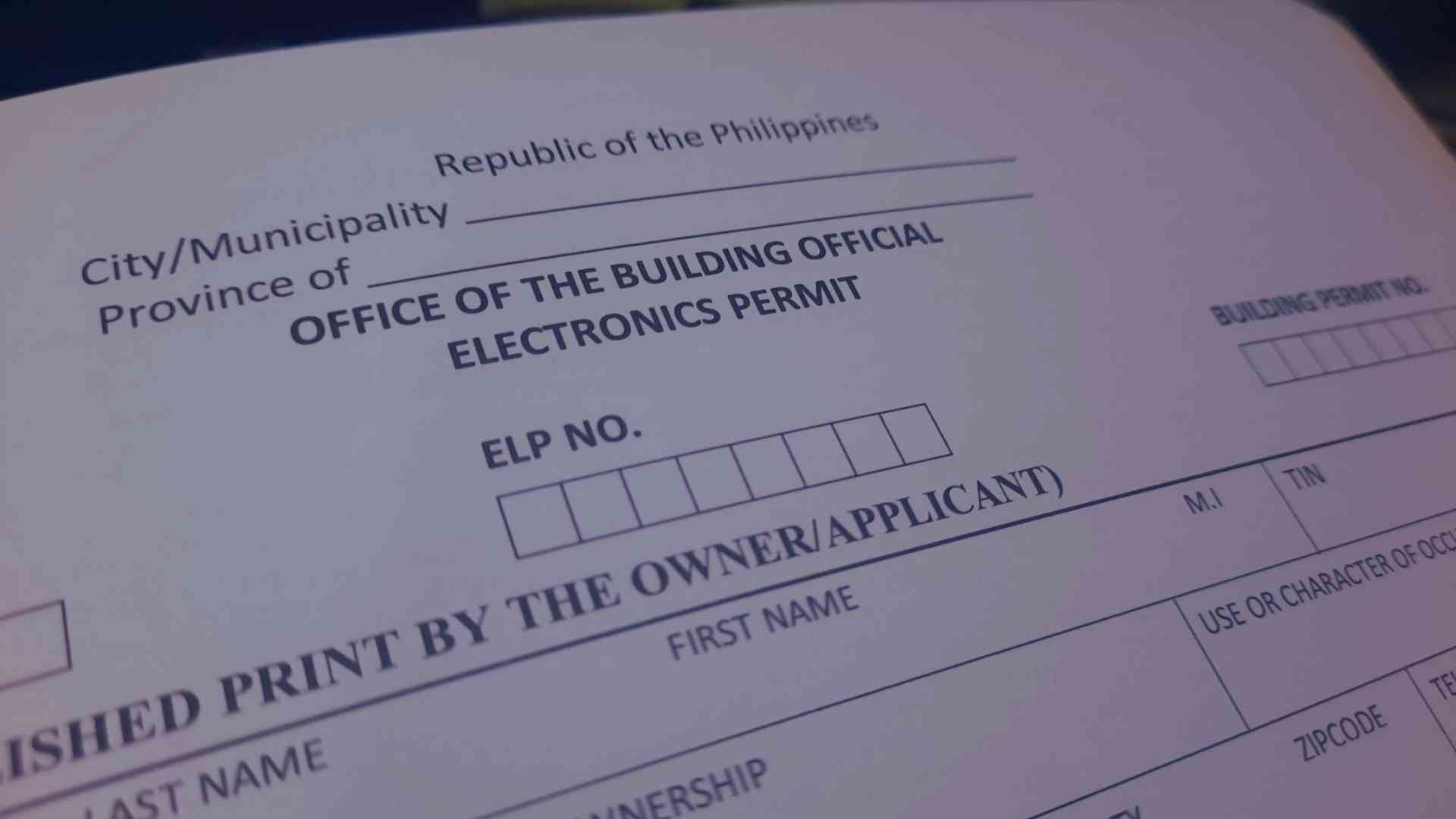Electronics Permit 101: 7 Essential Steps to Secure Your Approval Fast

When it comes to constructing, upgrading, or operating any facility that requires electronics systems, securing an Electronics Permit is not just a legal requirement—it’s a critical step in ensuring safety, compliance, and project success. Many applicants find themselves confused or delayed simply because they lack proper guidance on the application process. In this comprehensive guide, we will walk you through everything you need to know about obtaining an Electronics Permit in the Philippines, based on Republic Act No. 9292 (Electronics Engineering Law of 2004) and Presidential Decree No. 1096 (National Building Code of the Philippines).
This article is designed for engineers, contractors, business owners, and property developers who want to ensure their project runs smoothly. By following the seven steps outlined below, you can avoid costly delays, errors, and rejections.
Why an Electronics Permit is Important
Before diving into the step-by-step process, let’s clarify why an Electronics Permit is required. Electronics systems such as Fire Detection and Alarm Systems (FDAS), CCTV, structured cabling, broadcasting facilities, and other critical communication systems require proper documentation and approval. The Electronics Permit serves as:
- Proof that your project complies with the Philippine Electronics Code and the National Building Code.
- Legal authorization to install, modify, or operate electronic systems.
- A safeguard for public safety by ensuring only licensed Professional Electronics Engineers (PECEs) design, sign, and seal electronics plans.
- A prerequisite for other building permits and occupancy permits.
Without it, your project risks being halted by authorities, facing penalties, or worse—causing safety hazards.
Step-by-Step Process for Obtaining an Electronics Permit
Securing an Electronics Permit involves seven clear steps. Let’s break them down:
1. Secure and Accomplish the Application Form
The first step is obtaining the Electronics Permit Application Form from the Office of the Building Official (OBO) in your local government unit (LGU). Some OBOs now provide downloadable forms via their official websites, making it more convenient.
- Fill in all required details carefully.
- Ensure the form is signed by both the owner/applicant and a licensed Professional Electronics Engineer (PECE).
- Double-check for accuracy to avoid rejection due to clerical errors.
2. Prepare the Required Documents
The second step is preparing all supporting documents. Missing or incomplete paperwork is one of the most common reasons for delays. At minimum, you need:
- Electronics Plans and Technical Specifications (at least 5 sets, signed and sealed by a PECE):
- General Layout Plans with Legends
- Single Line Diagram
- Riser Diagram
- Isometry of the System
- Equipment Specifications
- Design Analysis (if applicable)
- Bill of Materials and Cost Estimates
- PRC ID and PTR of the PECE
- Government-issued ID of the Owner/Applicant
- Authorization Letter or Special Power of Attorney (if someone is applying on behalf of the owner)
- Any additional requirements as mandated by the local OBO
3. Submit Documents to the Office of the Building Official (OBO), or City Engineering Office
Once everything is compiled, submit your documents to the OBO. Before submission:
- Double-check that all sets are complete and signed/sealed.
- Arrange documents systematically to avoid confusion.
The OBO will review your application for completeness and compliance. If documents are incomplete, you will be required to resubmit, causing delays.
4. Processing and Approval
The OBO reviews the plans and ensures compliance with national and local codes. If corrections are needed:
- The applicant must revise the plans/documents accordingly.
- Resubmission will be required.
Applicants will be notified once the permit is officially approved.
5. Payment of Fees
After approval, the OBO will issue an assessment slip listing the corresponding fees. Payment must be made at the Treasurer’s Office of the LGU. Keep all receipts as proof of payment.
6. Release of Electronics Permit
Once all requirements are met and fees are settled, the Electronics Permit will be released. This document must be displayed at the project site before starting any installation or construction work.
7. Post-Permit Requirements
Your responsibilities don’t end once the permit is released. For proper project closure:
- Maintain a logbook for daily activities signed by the supervising PECE.
- Submit As-Built Plans, Certificate of Completion, Testing and Commissioning Report, and Certification of Safety and Reliability after the project’s completion.
- Request a Final Inspection and Occupancy Permit, if applicable.
Common Mistakes to Avoid When Applying for an Electronics Permit
Even with a clear process, many applicants commit errors that cause unnecessary delays. Avoid these pitfalls:
- Submitting incomplete or missing documents.
- Using unsigned or unsealed plans.
- Providing outdated application forms.
- Delaying payments, which leads to stalled approvals.
- Not consulting a Professional Electronics Engineer (PECE) before starting the application.
Legal References for Electronics Permit
Understanding the legal framework behind the Electronics Permit helps you appreciate why compliance is strictly enforced. The key references include:
- Republic Act No. 9292 – Electronics Engineering Law of 2004
- Presidential Decree No. 1096 – National Building Code of the Philippines
- Local ordinances and regulations
- Referral Codes – Latest Philippine Electronics Code (Book 1–4)
These laws and codes ensure uniform standards across all LGUs and uphold the safety and reliability of electronic systems nationwide.
Where to Apply for an Electronics Permit
- Office of the Building Official (OBO): Visit your local LGU’s OBO for forms and inquiries.
- Online Platforms: Some progressive LGUs now offer online submission portals, making the process faster and more convenient.
Final Thoughts
Securing an Electronics Permit is more than just a bureaucratic formality—it is a safeguard for safety, compliance, and accountability. By following the seven steps outlined in this guide, you can ensure a smooth application process, avoid costly mistakes, and keep your project on track.
Whether you are a business owner setting up a new facility, an engineer managing compliance, or a property developer overseeing large-scale projects, obtaining the Electronics Permit should always be a top priority.




 Engineering Law
Engineering Law